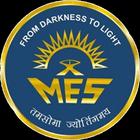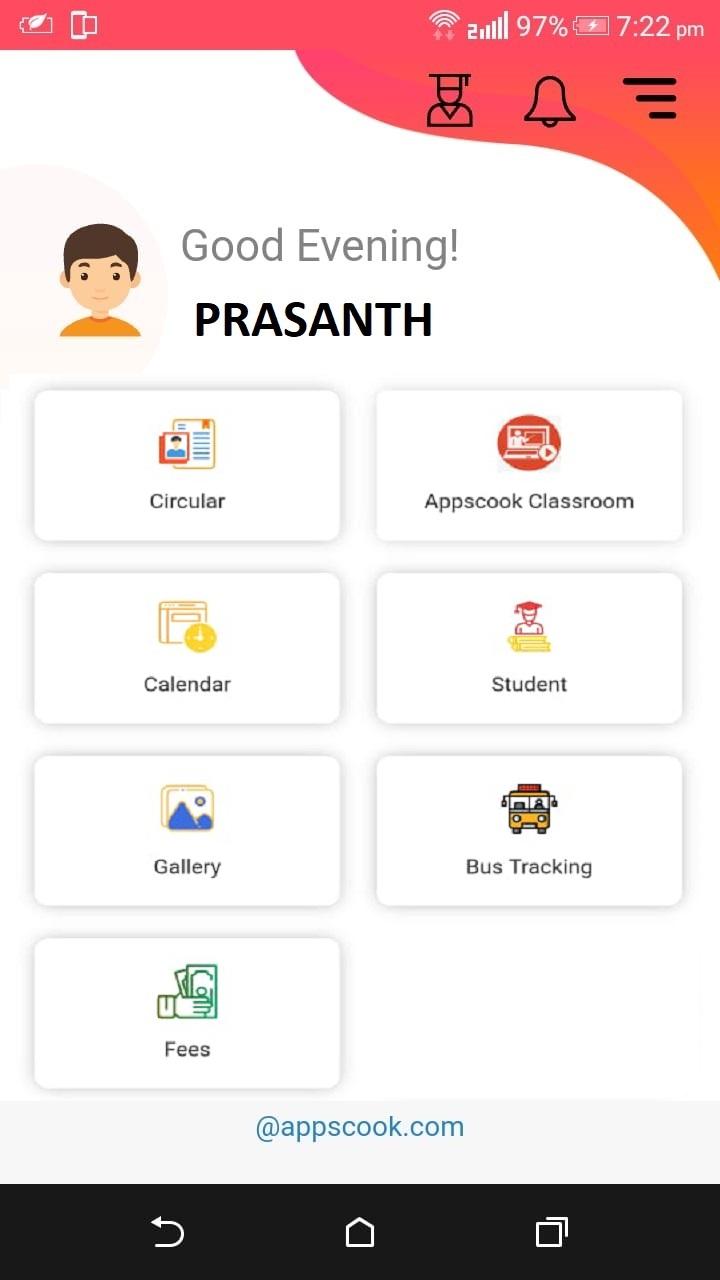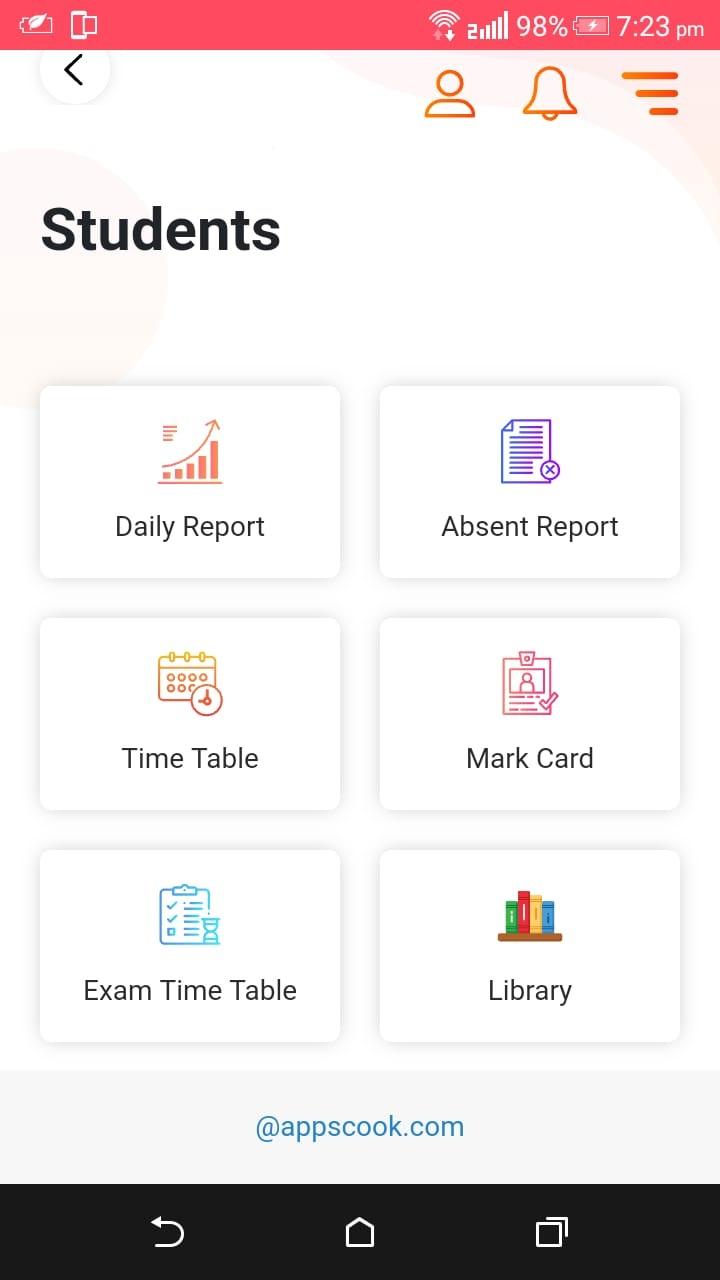Model English School Primary, Pandurangwadi, Dombivli East Thane, Maharashtra
KeraleeyaSamajam (Regd.) Dombivli, is a well known socio cultural organization serving the needs of diverse segments of people, in the field of education and is registered under Bombay Public Trust Act.
The Samajam started its educational activities with the launching of a K.G. Class in 1966 and established two premier educational institutions, Model English School and Model College, Dombivli over the years. The school at Pandurangwadi and the College at Khambalpada are run in the premises owned by Samajam and both the institutions have been acclaimed as centres of excellence for high quality education. Model English School (MES) has two more branches, one at Vishnunagar, Dombivli West (KG to X Std.) and one branch of secondary section at Kumbarkhanpada, Dombivli West, the Samajam also runs three nursery school “Kairali” in Dombivli (W) Ramnagar at Dombivli (East) and one at Thakurli (East). The school building at Kumbarkhanpada is also owned by the Samajam.
We are proud to say that our school has been a top ranking school in SSC exam ever since it sent its first batch of students in 1977. The school had achieved 100% success in several times in the past and invariably well over 98% in the remaining years. Our school has about 5200 students in its roll. We have introduced computer education from 1st standard onwards and maintains a well equipped computer lab.
Our Model College has already established a high standard of education and maintain its number one position among the colleges in and around Thane Dist. Our College has been accredited an “A” Grade by NAAC. It is indeed a rare honour since Model College is the first college in Dombivli to obtain an “A” grade accreditation. With the launching of Post Graduation course (M.Com) from 2004-05, we have accomplished one of our cherished desires of providing education from KG classes to PG. We have introduced science, commerce and arts streams at our Junior College. We have also introduced new job oriented Mumbai University courses such as B.Com (Accounting and Finance) and B.Com (Banking & Insurance), B.Com (Financial Markets), BMS and B.Sc. I.T. and B.Sc. Computer Science in the graduation level. In the PG level we have introduced new courses such as M.Sc. (IT), M.Com (Accountancy), M.Com. (Business Management), M.Com. (Banking and Finance). We have around 5500 students in our Junior and Degree College together. Our College got ISO Certification for its quality education. Our college is shifted to Khambalpada, Thakurli (East) and fully equipped with modern infrastructure and amenities.
We now contemplate to return back to the society by way of primarily with a diagnostic / pathological lab, cardiology services, x-ray; 24x7 ambulance service; mobile mortuary-spreading to dialysis unit. thereafter we intent to set up full fledged multi-speciality hospital. We also parallel keen to rebuilt our school to a 8 storey digital class room school.
All the said our dreams require huge capital investment. We have our infrastructure like land, human resources. We need funding for construction of building-purchase of medical equipments.
What's New in the Latest Version 1.4
Last updated on Jul 11, 2024
sdk version updated
Model English School Primary, as a genre, doesn't exist as a recognized video game title. It's possible this refers to a specific, localized, or even hypothetical game centered around the experience of attending a model English primary school. Therefore, this summary will explore potential gameplay and features based on the name, drawing inspiration from existing educational and simulation games.Imagine a game designed to familiarize children with the primary school environment, specifically one modeled after a typical English school. The game could begin with character creation, allowing players to customize their avatar's appearance, choosing from various hairstyles, clothing options, and accessories. This personalization element fosters a sense of ownership and connection with the in-game experience.
Upon entering the virtual school, players are greeted with a vibrant and interactive environment. The school building itself would be designed to resemble a classic English primary school, complete with classrooms, a library, a playground, and an assembly hall. Each area within the school serves a specific purpose, offering different activities and learning opportunities.
Classrooms become the hub for core subjects like English, Mathematics, and Science. Interactive lessons, incorporating engaging mini-games and puzzles, make learning fun and accessible. For example, a spelling game could challenge players to correctly spell words by dragging letters into the correct order. A math game might involve solving arithmetic problems to earn rewards. Science lessons could involve virtual experiments, allowing players to explore scientific concepts in a safe and controlled environment.
The library becomes a sanctuary for reading and research. Players can browse a virtual collection of books, exploring different genres and expanding their vocabulary. Interactive quizzes and reading comprehension exercises could further enhance the learning experience, reinforcing key concepts and promoting critical thinking skills.
The playground provides a space for social interaction and physical activity. Players can interact with other virtual students, engaging in games like tag, hopscotch, and skipping rope. These activities promote teamwork, coordination, and social skills, mirroring the real-life playground experience.
The assembly hall serves as a venue for school-wide events, such as assemblies, performances, and presentations. Players can participate in these events, experiencing the excitement and camaraderie of school gatherings. This feature reinforces the sense of community within the virtual school environment.
Beyond the core academic areas, the game could also incorporate extracurricular activities, such as art, music, and sports. Art classes could involve virtual painting and drawing activities, fostering creativity and artistic expression. Music lessons could introduce players to different instruments and musical concepts. Sports activities could involve virtual versions of popular sports like football, netball, and cricket, promoting physical activity and teamwork.
Progression within the game could be tied to completing assignments, participating in activities, and achieving learning goals. Earning rewards, such as virtual stickers, badges, and trophies, could further motivate players and provide a sense of accomplishment.
The game could also incorporate a social element, allowing players to interact with other virtual students, form friendships, and collaborate on projects. This social aspect mirrors the real-life social dynamics of primary school, fostering communication and collaboration skills.
Overall, a Model English School Primary game could provide a fun and engaging way for children to familiarize themselves with the primary school environment, learn core subjects, and develop essential social and emotional skills. By blending education and entertainment, the game could create a positive and enriching learning experience for young players. The game's potential lies in its ability to create a virtual world that mirrors the real-life primary school experience, offering a safe and interactive space for children to learn, grow, and explore. The incorporation of engaging gameplay mechanics, interactive lessons, and social elements could further enhance the game's appeal and educational value.
Model English School Primary, Pandurangwadi, Dombivli East Thane, Maharashtra
KeraleeyaSamajam (Regd.) Dombivli, is a well known socio cultural organization serving the needs of diverse segments of people, in the field of education and is registered under Bombay Public Trust Act.
The Samajam started its educational activities with the launching of a K.G. Class in 1966 and established two premier educational institutions, Model English School and Model College, Dombivli over the years. The school at Pandurangwadi and the College at Khambalpada are run in the premises owned by Samajam and both the institutions have been acclaimed as centres of excellence for high quality education. Model English School (MES) has two more branches, one at Vishnunagar, Dombivli West (KG to X Std.) and one branch of secondary section at Kumbarkhanpada, Dombivli West, the Samajam also runs three nursery school “Kairali” in Dombivli (W) Ramnagar at Dombivli (East) and one at Thakurli (East). The school building at Kumbarkhanpada is also owned by the Samajam.
We are proud to say that our school has been a top ranking school in SSC exam ever since it sent its first batch of students in 1977. The school had achieved 100% success in several times in the past and invariably well over 98% in the remaining years. Our school has about 5200 students in its roll. We have introduced computer education from 1st standard onwards and maintains a well equipped computer lab.
Our Model College has already established a high standard of education and maintain its number one position among the colleges in and around Thane Dist. Our College has been accredited an “A” Grade by NAAC. It is indeed a rare honour since Model College is the first college in Dombivli to obtain an “A” grade accreditation. With the launching of Post Graduation course (M.Com) from 2004-05, we have accomplished one of our cherished desires of providing education from KG classes to PG. We have introduced science, commerce and arts streams at our Junior College. We have also introduced new job oriented Mumbai University courses such as B.Com (Accounting and Finance) and B.Com (Banking & Insurance), B.Com (Financial Markets), BMS and B.Sc. I.T. and B.Sc. Computer Science in the graduation level. In the PG level we have introduced new courses such as M.Sc. (IT), M.Com (Accountancy), M.Com. (Business Management), M.Com. (Banking and Finance). We have around 5500 students in our Junior and Degree College together. Our College got ISO Certification for its quality education. Our college is shifted to Khambalpada, Thakurli (East) and fully equipped with modern infrastructure and amenities.
We now contemplate to return back to the society by way of primarily with a diagnostic / pathological lab, cardiology services, x-ray; 24x7 ambulance service; mobile mortuary-spreading to dialysis unit. thereafter we intent to set up full fledged multi-speciality hospital. We also parallel keen to rebuilt our school to a 8 storey digital class room school.
All the said our dreams require huge capital investment. We have our infrastructure like land, human resources. We need funding for construction of building-purchase of medical equipments.
What's New in the Latest Version 1.4
Last updated on Jul 11, 2024
sdk version updated
Model English School Primary, as a genre, doesn't exist as a recognized video game title. It's possible this refers to a specific, localized, or even hypothetical game centered around the experience of attending a model English primary school. Therefore, this summary will explore potential gameplay and features based on the name, drawing inspiration from existing educational and simulation games.Imagine a game designed to familiarize children with the primary school environment, specifically one modeled after a typical English school. The game could begin with character creation, allowing players to customize their avatar's appearance, choosing from various hairstyles, clothing options, and accessories. This personalization element fosters a sense of ownership and connection with the in-game experience.
Upon entering the virtual school, players are greeted with a vibrant and interactive environment. The school building itself would be designed to resemble a classic English primary school, complete with classrooms, a library, a playground, and an assembly hall. Each area within the school serves a specific purpose, offering different activities and learning opportunities.
Classrooms become the hub for core subjects like English, Mathematics, and Science. Interactive lessons, incorporating engaging mini-games and puzzles, make learning fun and accessible. For example, a spelling game could challenge players to correctly spell words by dragging letters into the correct order. A math game might involve solving arithmetic problems to earn rewards. Science lessons could involve virtual experiments, allowing players to explore scientific concepts in a safe and controlled environment.
The library becomes a sanctuary for reading and research. Players can browse a virtual collection of books, exploring different genres and expanding their vocabulary. Interactive quizzes and reading comprehension exercises could further enhance the learning experience, reinforcing key concepts and promoting critical thinking skills.
The playground provides a space for social interaction and physical activity. Players can interact with other virtual students, engaging in games like tag, hopscotch, and skipping rope. These activities promote teamwork, coordination, and social skills, mirroring the real-life playground experience.
The assembly hall serves as a venue for school-wide events, such as assemblies, performances, and presentations. Players can participate in these events, experiencing the excitement and camaraderie of school gatherings. This feature reinforces the sense of community within the virtual school environment.
Beyond the core academic areas, the game could also incorporate extracurricular activities, such as art, music, and sports. Art classes could involve virtual painting and drawing activities, fostering creativity and artistic expression. Music lessons could introduce players to different instruments and musical concepts. Sports activities could involve virtual versions of popular sports like football, netball, and cricket, promoting physical activity and teamwork.
Progression within the game could be tied to completing assignments, participating in activities, and achieving learning goals. Earning rewards, such as virtual stickers, badges, and trophies, could further motivate players and provide a sense of accomplishment.
The game could also incorporate a social element, allowing players to interact with other virtual students, form friendships, and collaborate on projects. This social aspect mirrors the real-life social dynamics of primary school, fostering communication and collaboration skills.
Overall, a Model English School Primary game could provide a fun and engaging way for children to familiarize themselves with the primary school environment, learn core subjects, and develop essential social and emotional skills. By blending education and entertainment, the game could create a positive and enriching learning experience for young players. The game's potential lies in its ability to create a virtual world that mirrors the real-life primary school experience, offering a safe and interactive space for children to learn, grow, and explore. The incorporation of engaging gameplay mechanics, interactive lessons, and social elements could further enhance the game's appeal and educational value.













